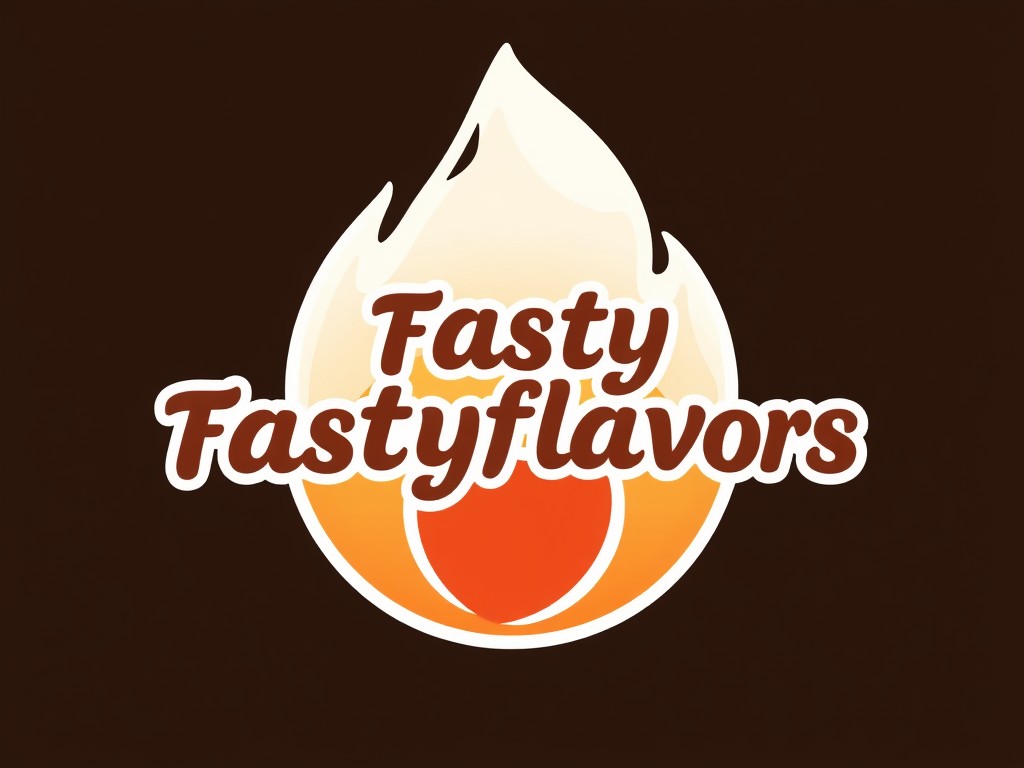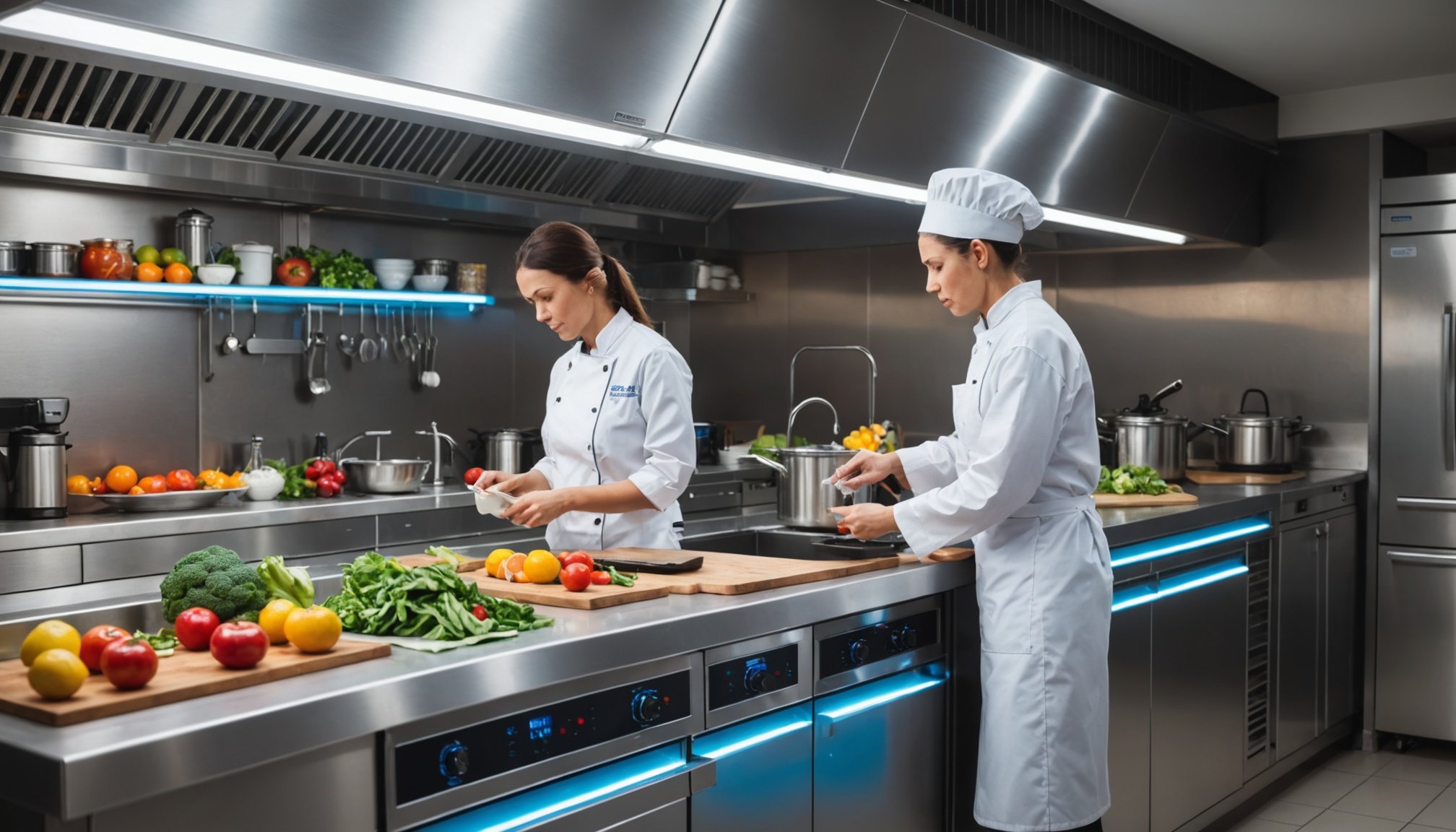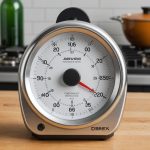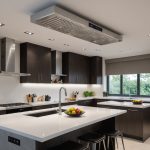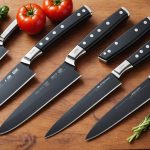Overview of UV Light Technology in Food Safety
In the realm of food safety, UV light technology has emerged as a potent tool for sanitation. When UV light comes into contact with bacteria and viruses, its high-energy photons penetrate the cells, leading to DNA or RNA damage that hampers replication. This is how UV light effectively sanitizes surfaces, revolutionizing the cleanliness standards in food processing.
There are essential differences among UV-C, UV-A, and UV-B light, each playing a distinct role in sanitation. UV-C light, with short wavelengths, is especially potent in deactivating microorganisms, making it the preferred choice for sanitization. Its ability to disrupt microbial DNA is unparalleled compared to UV-A and UV-B, which are more commonly known for their presence in sunlight and effects on human skin.
Have you seen this : Revitalize your kitchen with uplifting quotes: a fresh strategy for encouraging healthier eating choices
Historically, UV light technology was initially adopted in water treatment back in the mid-20th century before finding its way into the food industry. Over the years, technological advancements have fine-tuned its application, making it a staple in safeguarding food from pathogens. This evolution highlights the ongoing innovation in food safety, ensuring the public’s health by reducing contaminants efficiently and effectively.
Benefits of UV Light Sanitizers for Food Safety
The benefits of UV light sanitizers are increasingly recognized in enhancing health safety by reducing foodborne pathogens. Ultraviolet (UV) light is an effective tool against common pathogens such as E. coli and Salmonella. By disrupting microbial DNA, UV light deactivates bacteria, rendering them harmless and preventing illness.
This might interest you : How the positioning of your kitchen window influences your dining experience and habits
A significant advantage of UV sanitizers is their non-chemical sanitization process. Unlike chemical disinfectants, UV light sanitization leaves no residue and reduces the risk of chemical contamination in food products. This process is both energy-efficient and eco-friendly, promoting a healthier environment.
Moreover, studies have shown that the effectiveness of UV sanitization often surpasses that of traditional methods. While both methods aim to ensure health safety, traditional techniques like heat pasteurization can be time-consuming and energy-intensive. Furthermore, such processes may alter the nutritional value or taste of food, whereas UV light preserves these qualities.
If you’re considering upgrading sanitation practices, exploring UV light sanitizers might be wise. With a proven track record in reducing foodborne pathogens, UV sanitizers can offer a reliable, chemical-free, and effective solution to maintaining food safety.
Enhancing Nutritional Value with UV Light
UV treatments offer promising benefits in food preservation by extending the shelf life and enhancing the quality of perishable foods. Recent advancements highlight how this technology not only maintains, but potentially enhances, the nutritional value of various food products.
UV light effectively neutralises pathogens and spoilage organisms, a key factor in prolonging shelf life. Moreover, numerous studies indicate a positive impact on the retention of vital vitamins and nutrients. For instance, UV exposure has shown to cause minimal nutrient depletion, ensuring the food remains rich in essential vitamins, particularly Vitamin D and Vitamin C, essential for maintaining human health.
Several case studies illustrate success in maintaining nutritional quality post-UV exposure. For instance, UV-treated fruits have shown a promising nutritional enhancement by retaining higher levels of antioxidants compared to non-treated counterparts. This process is generally safe, non-thermal, and chemical-free, making it an attractive option for industries focused on health-conscious consumers.
The application of UV light emerges as a revolutionary method in the landscape of food technology, providing solutions that combine effective preservation with nutritional retention. As research progresses, we anticipate even greater utilisation across diverse food categories.
Practical Tips for Using UV Light Sanitizers
Integrating UV light sanitizers into your kitchen practices can significantly boost food safety. Let’s explore how you can do this effectively.
Selecting the Right UV Light Sanitizer
Choosing the appropriate UV light sanitizer is crucial for ensuring optimal food safety. When selecting a device, consider factors like size, power output, and coverage area. A unit that is too small may not effectively sanitize surfaces, while a powerful device might be unnecessary for limited spaces. Investigating reviews and specs can help you make an informed decision.
Proper Usage Guidelines
Using UV light sanitizers properly is essential to maximize their efficacy. Always adhere to the manufacturer’s usage instructions, as this ensures the device operates safely and efficiently. It’s important to note the recommended exposure time to guarantee thorough sanitization. Overexposing items can waste energy, while underexposing can result in ineffective sanitization.
Cleaning and Maintenance of Devices
To ensure UV light sanitizers remain effective, regular cleaning and maintenance are paramount. Following manufacturer guidelines when it comes to upkeep will help prolong the device’s lifespan. Clean the sanitizer according to instructions to prevent malfunction and maintain performance. Furthermore, many devices come with recommended cleaning intervals—adhering to these schedules can ensure your sanitizer functions optimally for years.
Comparisons with Other Food Safety Methods
When evaluating food safety methods, it’s crucial to consider both traditional techniques and newer technologies like UV light sanitation. Traditionally, chemical agents and heat are employed to ensure cleanliness in food processing. Chemical sanitation involves using substances such as chlorine and iodine, known for their effectiveness. However, these can leave harmful residues and may affect food quality or taste.
On the other hand, UV light offers a sanitation alternative. Known for its ability to destroy microorganisms rapidly, UV doesn’t introduce any residues. A significant advantage is its eco-friendly nature, unlike some chemicals that may harm the environment.
Nonetheless, UV light is not without its drawbacks. It is less effective on surfaces with crevices or shaded areas where microorganisms can hide. Therefore, situations requiring thorough penetration might benefit more from traditional methods like heat, which can reach every nook and cranny.
UV light vs traditional methods ultimately boils down to specific needs. For instance, surfaces that are smooth and exposed can effectively be sanitized with UV, ensuring both safety and eco-consciousness. However, for irregular surfaces or more challenging bacteria, incorporating a combination of methods could provide optimal results.
Safety Considerations with UV Light Sanitizers
When considering UV light safety, it’s imperative to understand the potential risks associated with UV exposure. UV light can be incredibly effective for sanitation but carries dangers such as skin burns or eye damage. Users should take specific steps to mitigate these risks.
Protective measures are paramount. Wearing protective eyewear and ensuring minimal direct skin exposure can significantly reduce risk. It’s critical to follow manufacturer guidelines closely, which usually recommend limited exposure durations and safe distances from the UV light source.
When using UV light in home and commercial kitchens, there are additional food safety hazards to be mindful of. While UV light can sanitize surfaces, it does not remove physical or chemical contaminants. This means that UV light should complement, not replace, traditional cleaning methods. Sanitizing food directly with UV light is not recommended unless specifically designed and tested for that purpose, as it can potentially affect the food’s integrity and safety.
Adhering to guidelines for safe operation involves considering the environment where UV devices are used. They should not operate in occupied areas to prevent accidental exposure. For commercial kitchens, employee training on UV light safety is a prudent investment, ensuring everyone is aware of precautions and procedures.
Product Reviews and User Testimonials
When examining the UV light sanitizer market, consumer experiences play a vital role. Feedback from real users offers insight into the functionality and effectiveness of these products. Top-rated UV light sanitizers often receive praise for their portability, ease of use, and efficiency in killing germs.
Consider the real-world impact as shared by consumers: Many express satisfaction with how their chosen sanitizer effectively reduces germs in everyday use, particularly in high-touch areas like smartphones and door handles. User testimonials often highlight long battery life and the quick sanitizing process as significant advantages. Performance metrics such as these contribute to the overall popularity of particular models.
When comparing models, features like automatic shut-off, durability, and safety measures frequently influence consumer preference. For example, some users report a preference for sanitizers equipped with extra safety features that prevent accidental exposure to UV light.
Product recommendations are typically based on the balance of cost, performance, and reliability, as highlighted in user reviews. A product that consistently garners positive feedback across these aspects often finds its place at the top of recommended lists, providing potential buyers with a reliable option for maintaining hygiene effectively.
